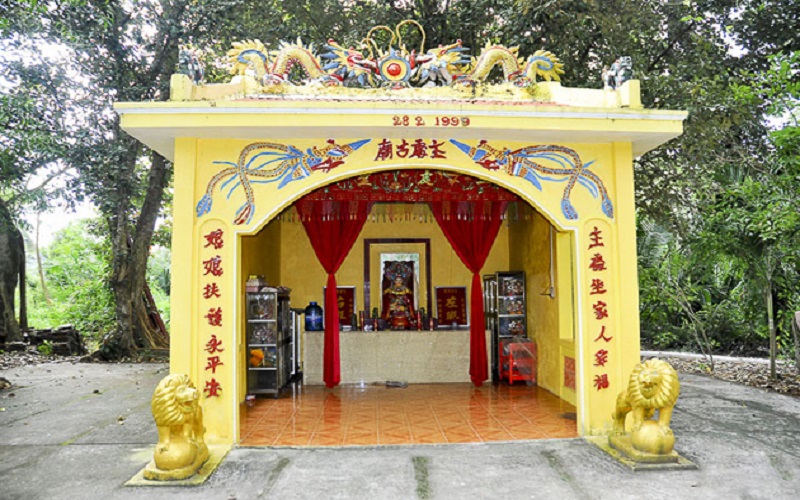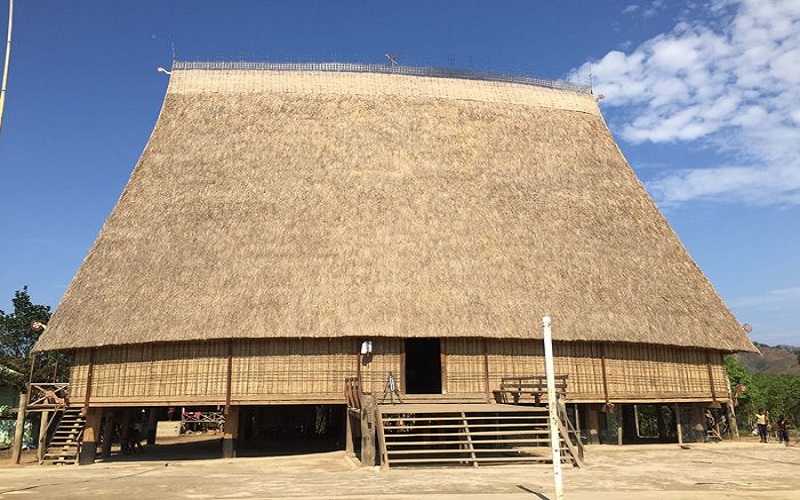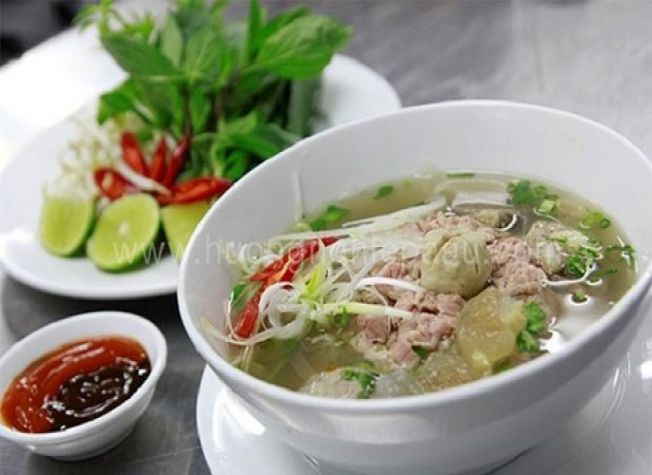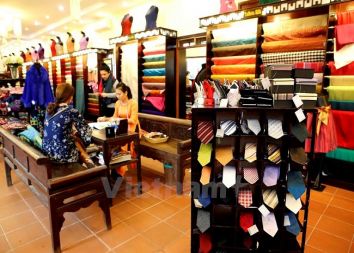Vietnamese Temple, Pagoda, Shrine vs Communal House!
Vietnamese Temple, Pagoda, Shrine and Communal House: Most of the Vietnamese People are non religion (75%), Many follow Buddhism (15%), Some people follow Catholicism (8%), some follow Confucianism, Taoism, Caodaism and other religions (Hinduism, Islam, Muslim, Hoà Hảo,…). Each religion has the name of its places for worshipping. The one of Catholicism is called Church (Vietnamese Name: Nhà Thờ), one of Caodaism is called Saint House (Vietnamese Name: Thánh Thất) and one of Buddhism is called Pagoda (Vietnamese Name: Chùa).

Difference between Temple, Pagoda, Shrine & Communal House in Vietnam
In other countries, it is customary to refer to places of worship collectively as temples. However, in Vietnam, at first glance, pagodas, temples, shrine and even communal houses look similar, so it can be confusing, but actually these three places of worship have different meanings and uses!

What is the Vietnamese Temple – Called Đền?
In the spiritual World of Vietnam, many deities actually came from the real human beings that have lived exceptional lives and have kept their influential position in the life of local after death. The deities of human origin include famous and powerful emperors, mandarins (government officers) and national heroes that influenced Vietnamese history. After death, they will be worshipped in the places called Temple or Đền in Vietnamese.

What is the Vietnamese Pagoda - Called Chùa?
It is the base of activities and propagation of Buddhism, a place where Buddhist monks and nuns gather to practice and teach Buddhism. Everyone, including believers or non-believers, can visit, worship, watch, or practice Buddhist rituals. In some places, the pagoda is also the place where the blessing spheres of true practitioners are kept and the monks are buried.

What is a Vietnamese Shrine - Called Miếu?
The shrine is a type of cultural relics in Vietnamese folk beliefs, which is smaller than the temple. The one that is worshiped in the shrine is very diverse, which is expressed in the name of the shrine. Shrines are usually built on high ridges, mountain slopes, river banks, villages, and quiet places so that spirits can be peace, not to be affected by the noisy life of normal people.

What is a Vietnamese Communal House - Called Đình?
A communal house is a worship place of the tutelary gods of the villages, as well as a meeting place for villagers. The communal house is considered as the center of cultural activities associated with a community of residents and characteristics of the Vietnamese rice civilization. A tutelary god is a man who has merit with the people and the country, set up villages, hamlets, or founded a profession (the father of the profession).

Communal House of Vietnamese Hilltribes
Everywhere in Vietnam, from the city to the countryside, especially in villages, a communal house design is a familiar image as an indispensable part of the people’s life. Communal house is considered as a symbol of culture, spirit and religion of Vietnamese. Through thousands of years in the history until today, each communal house usually has three main features. the worshiping place of the Tutelary God of a village, the administrative “head office” of a village, and the center of cultural activities of the whole village.
Things to Remember When Visiting Places of Worship in Vietnam
Buddhism focuses on Vietnamese religious life although many people do not practice Buddhism. During your Vietnam vacation, you may have chances to visit temples or pagodas as interesting places for experiencing history, culture, and local religion. Therefore, the list of things not to do when visiting Vietnam’s temples and pagodas will be helpful to avoid an unexpected situation during your trip to these holy places:
- Do not bring anything from the pagoda or temple to your house if that is not what the monks offer to you. All things in the pagoda and the temple are offered by other people.
- If you are offered food or drinks inside the pagodas, you should give some money as donations because in the Vietnamese perception, when you receive something, it’s good if you send back something else.
- In most of Vietnamese worship places, you must take your shoes off before getting inside.
- There are usually 3 doors in a house of worship, so do not walk in the middle door because it is the door for gods, deities, and the king in Vietnamese perception.
- Show respect for God’s statues, do not look at it, you can take pictures, but try not to use the camera’s flash, make noise and sound in places of worship or in front of the altar.
- Do not try to touch the worshipping statues in the worshipping places.
- Do not run, laugh, and do not speak loudly in places of worship.
- Do not smoke, chew gum, or spit inside temples and pagodas.
- Try not to stand upright in the middle of the worshipping altar.
- The best clothes to visit temples and pagodas are long-sleeved shirts, pants or at least clothes that can cover your underarms and your knees. Do not wear too much-exposed clothing or tight clothing such as skinny, tank top,…
- The best way to greet the guardians of pagodas or the monk is to keep your palm close to your chest or your nose and tilting your head slightly.
See Related Articles:

![]()
![]()
![]()
![]()
![]()
Best of Vietnam

Best Vietnamese Food You Have to Try in Vietnam
Best Food in Vietnam: Vietnamese Traditional Food is top World well known to be both healthy and...

10 Best National Parks in Vietnam
Vietnam Travel Guide: If you look for the Best Wildlife Discovery Experience in Vietnam, here are...
Read More
Best Souvenir to Buy in Vietnam
If you look for Best Things to Buy when traveling to Vietnam to bring home for your family & friends...
Read More
The 10 Best Places to Visit in Vietnam
Vietnam Travel Guide: Home to an extensive collection of historical and cultural attractions,...
Read More
Top 10 Museums You Should Not Miss in Vietnam
Vietnam, 4.000 years old country has a unique and lengthy history, culture with 54 ethnic groups. It...
Read MoreFind your trip
Vietnam Best Tours
Vietnam Car Rental
Vietnam Travel Blog
- Vietnamese People: Origin, History, Culture and Traditions
- Vietnam Currency: Best ATM and Places to Exchange Money
- Vietnam Map: Regions, Cities & Provinces Map of Vietnam
- What is illegal Things in Vietnam: Rules & Laws for Tourists
- Best Time to Travel to Vietnam to Avoid the Bad Weather
- Vietnam News: Population & Religions of 54 Ethnic Groups









